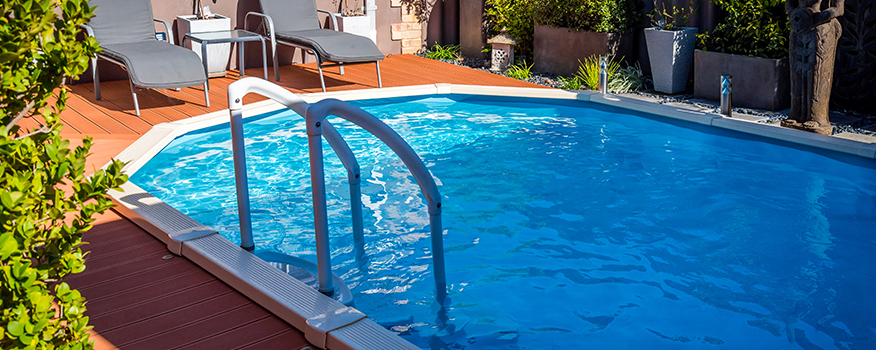Proper grounding and bonding around a swimming pool are critical because water conducts electricity. There are five common grounding and bonding mistakes professionals commonly make when constructing a pool. Here’s how to avoid them.
The first error is a basic principle but bears repeating: not knowing the difference between grounding and bonding wires. As a refresher: grounding means to attach the electrical wire to the ground (earth). It is meant to protect pool users from a fault in the electrical system that could lead to shock. This is important because the ground is at the lowest volt potential and a fault will trip the breaker and turn the equipment off.
Bonding is when all of the metallic pieces are tied together in order to minimize the voltage differences. It is important to know the difference when constructing a pool to ensure the safety and longevity of the equipment.
Another common mistake is when pool professionals neglect to ground and bond completely. Since there is often confusion between grounding and bonding, some builders might bond but not ground or the other way around. Anything containing metal within five feet of the pool water must be bonded. For example, some professionals ground the pool equipment but not the metal fencing around it. All metallic equipment related to the pool must be grounded.
The third most common mistake is grounding and bonding to the earth. Simply sticking a ground rod into the earth and hooking the ground wire to it is not a proper grounding technique. This will still allow faulty equipment to remain energized. Some professionals will also try to use the earth as part of the bonding conductor. This does not bond or tie everything together and means the pool is not properly bonded.
Two other common mistakes professionals make are using the wrong connectors and using the wrong wires. When you are hooking up the bonding and grounding wires, you need to make sure that the best connection possible is being made to ensure that the current has a clear path to move through. The clamps used need to be made of brass or copper and the screw should be brass or stainless steel. This is important to ensure these components do not rust over time and fail.
You also need to make sure that you are using clamps that are approved for concrete encasement or, if going into the ground, should be labeled for this type of use (direct burial). In addition, the connectors should be marked for the type of wires you are using. The types of wires that can be used are either stranded or solid.
If you are making the connection with a solid wire around a screw, make sure it is wrapped clockwise. If you need to use a wire that is small, it is best to use a solid wire because a stranded wire is more vulnerable to environmental damage.
It is easier to construct a safe pool if you thoroughly understand the difference between grounding and bonding, ensure grounding and bonding to the earth, and using the right kind of connectors and wires for the job.



